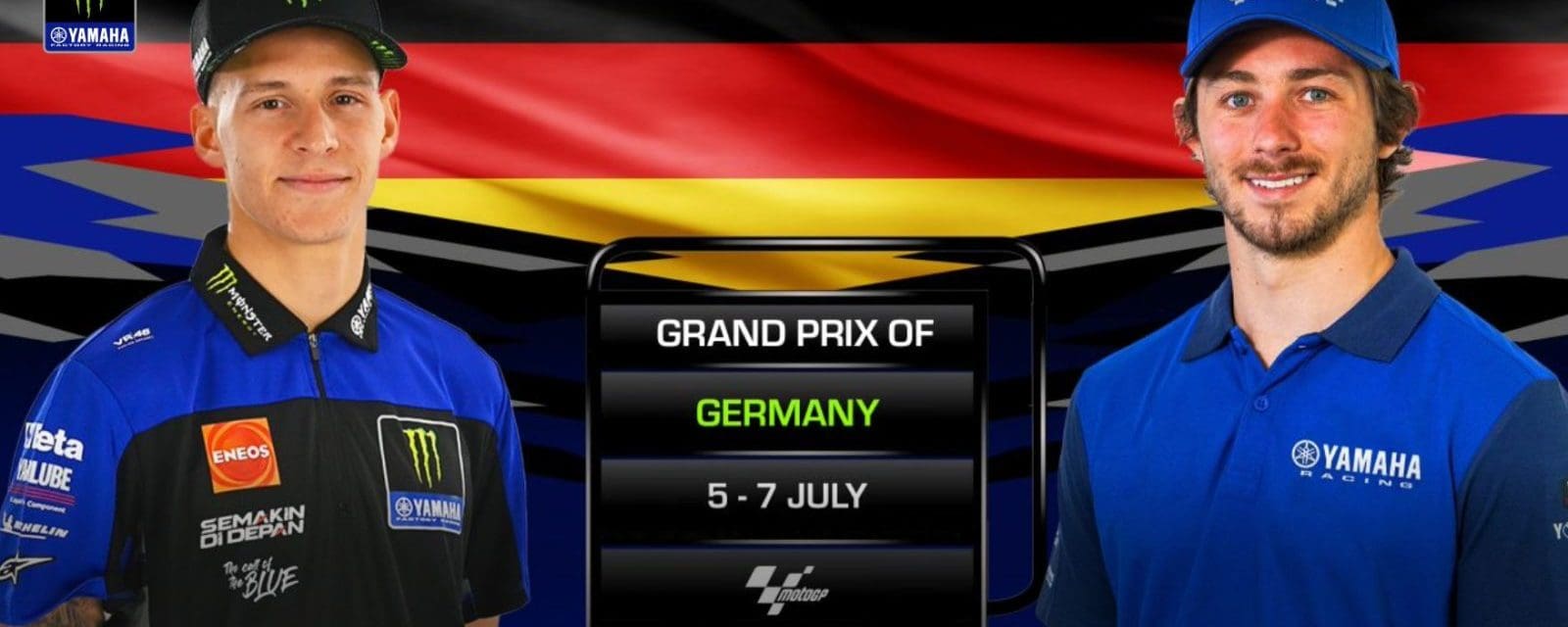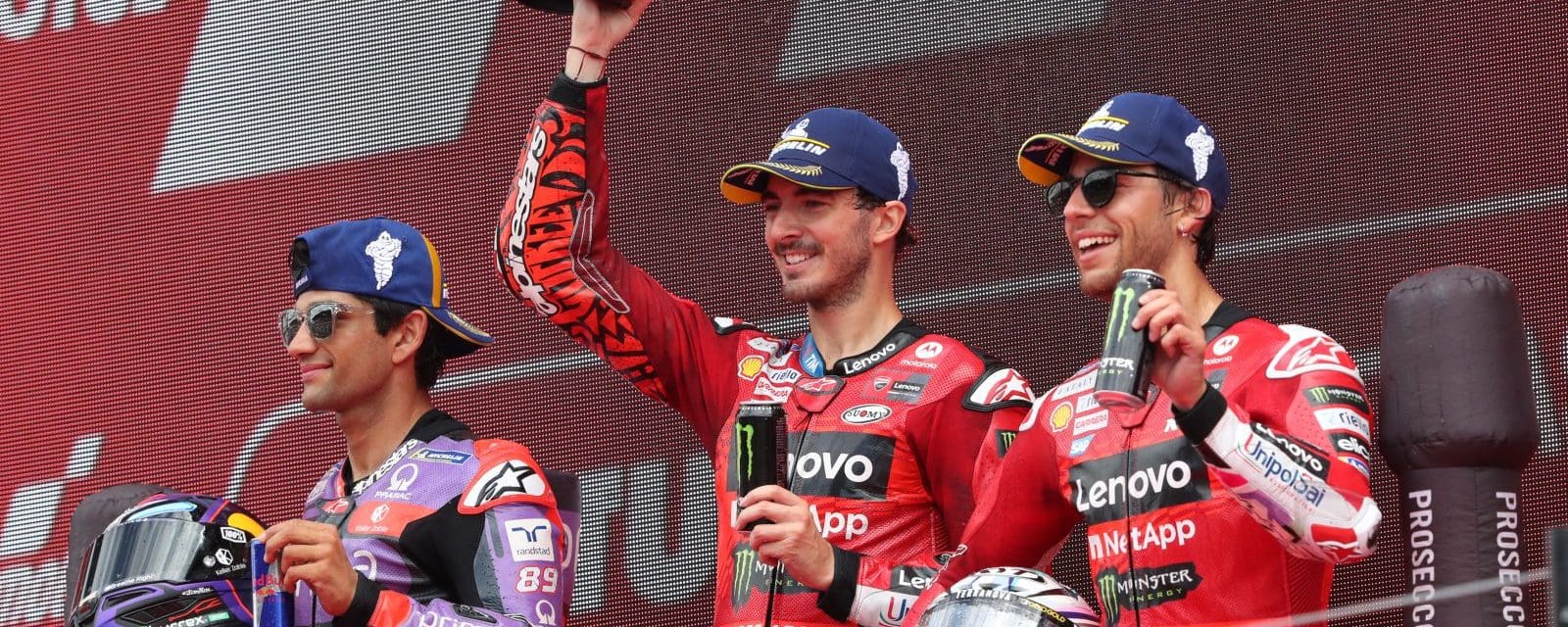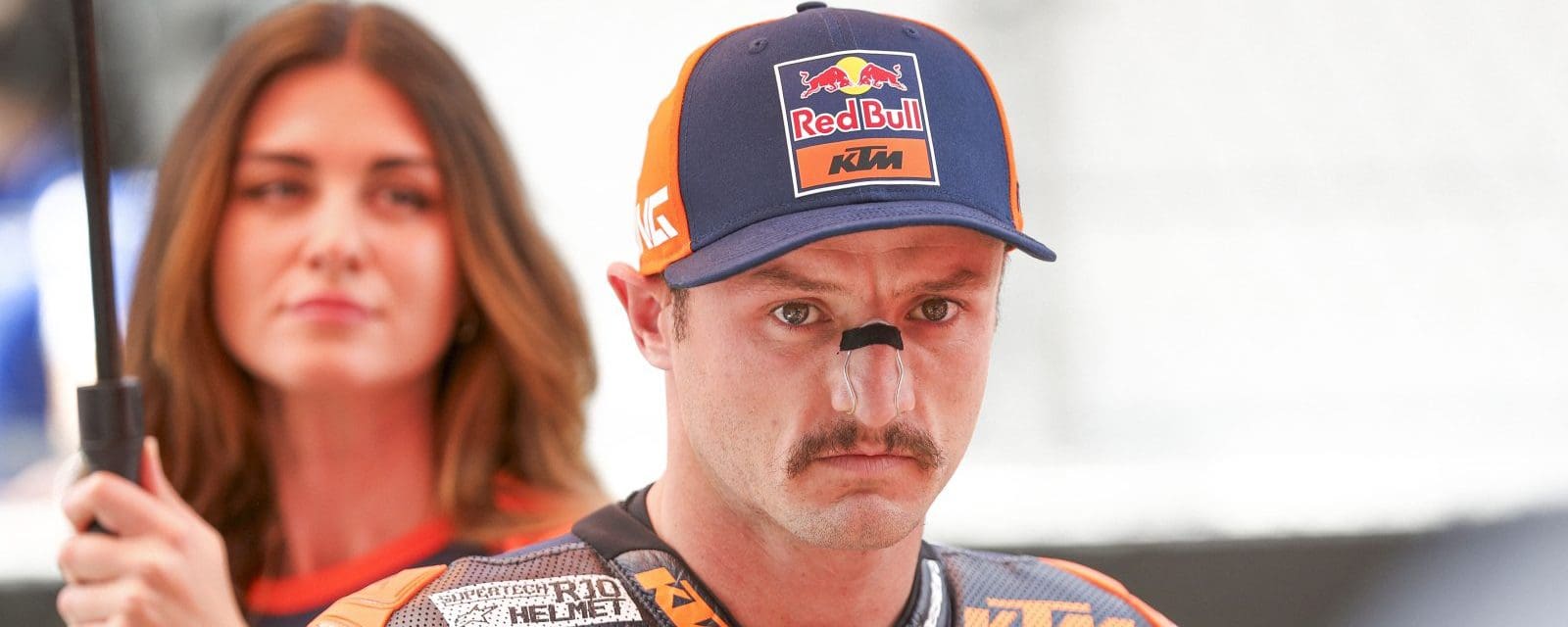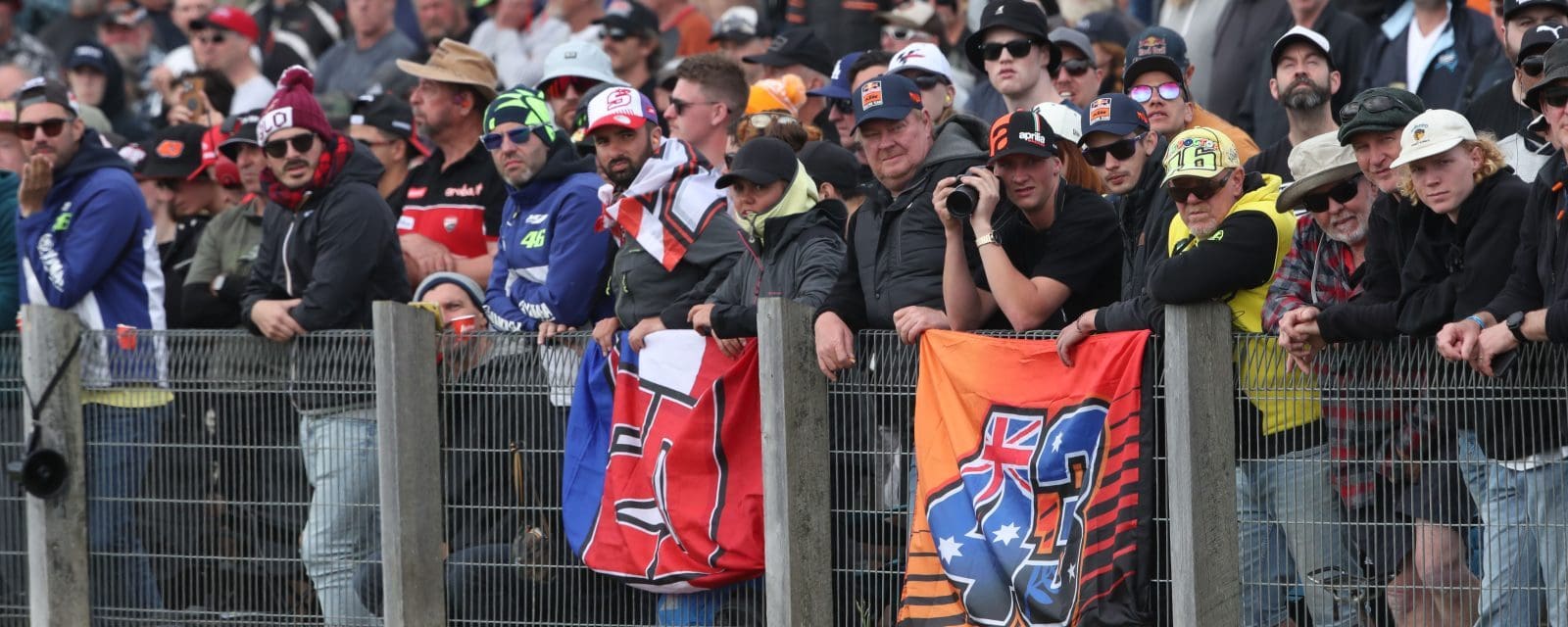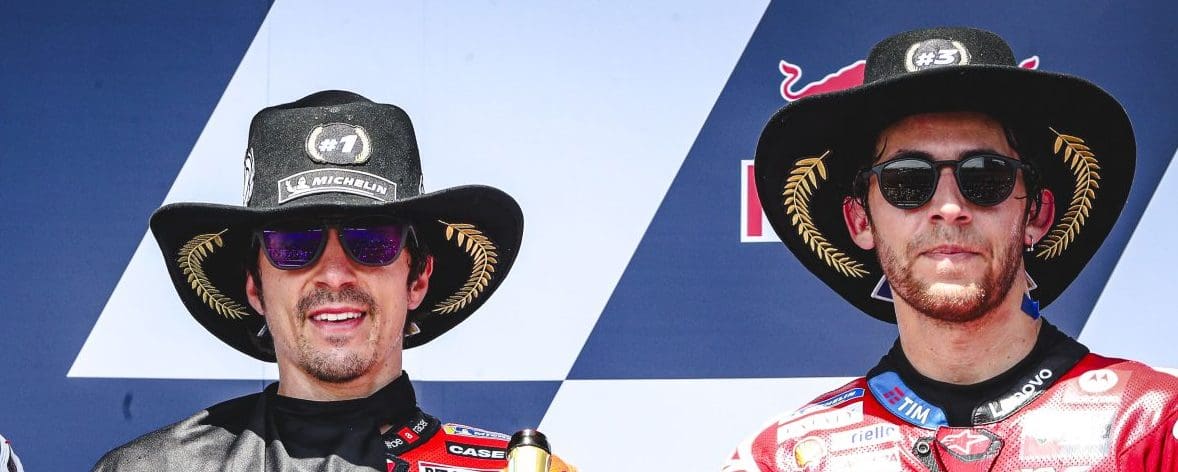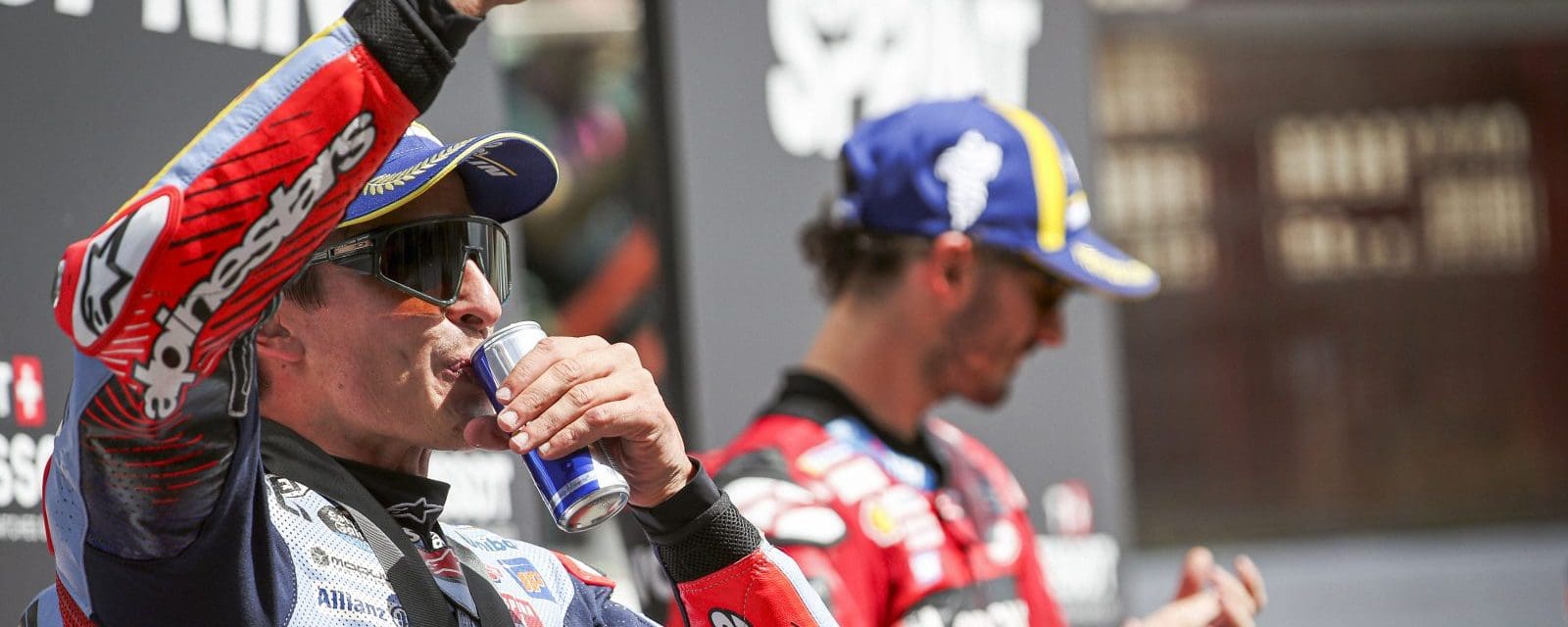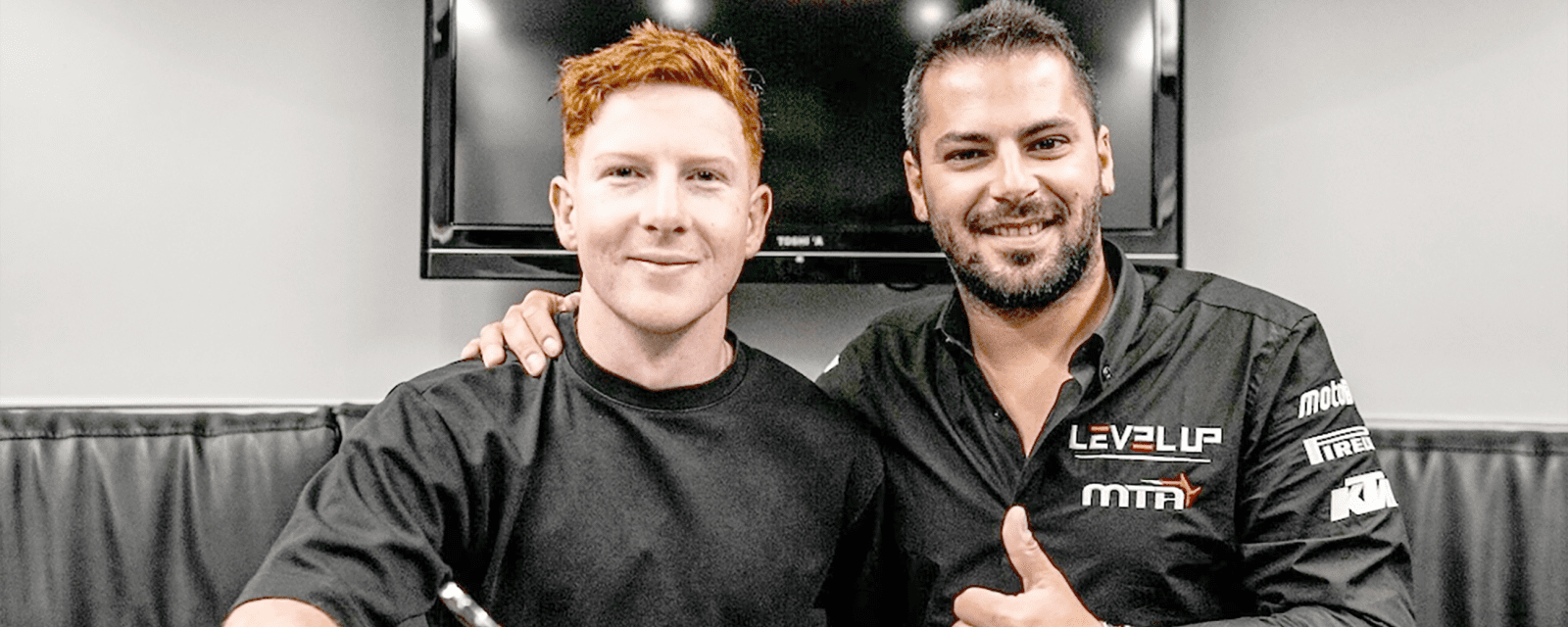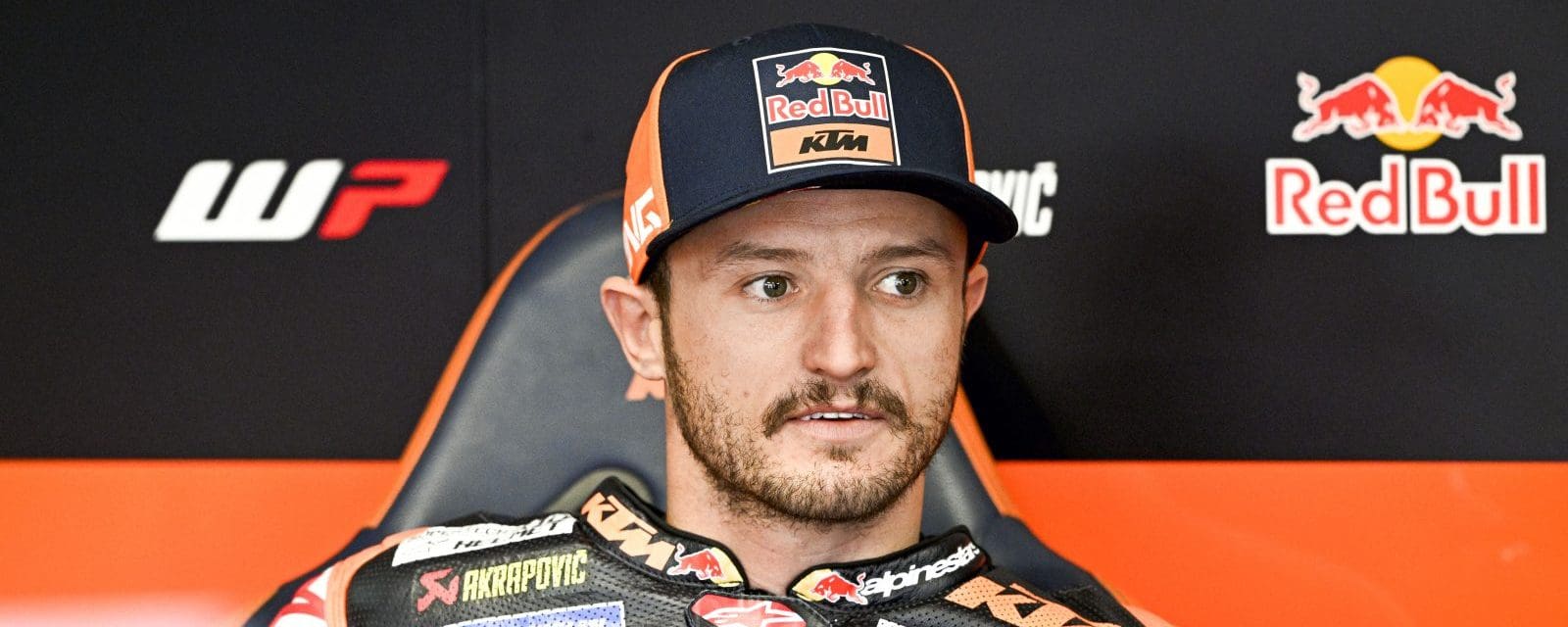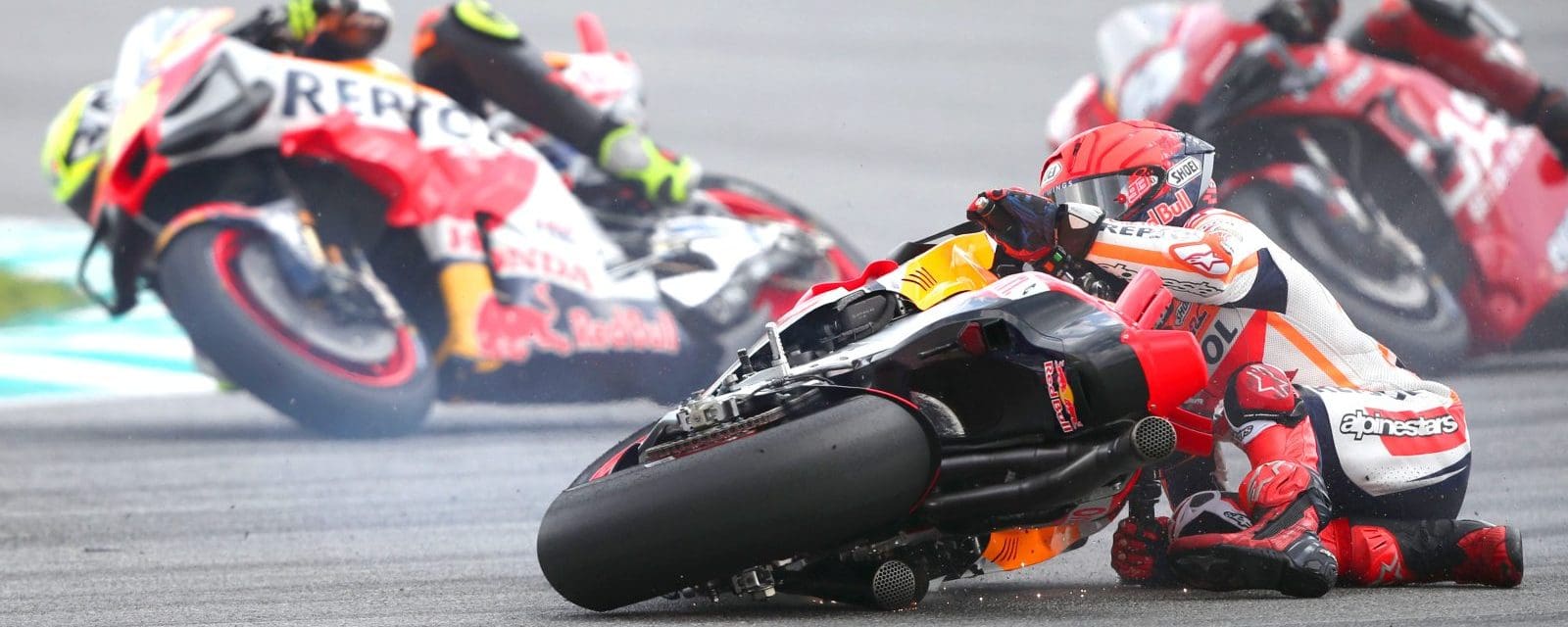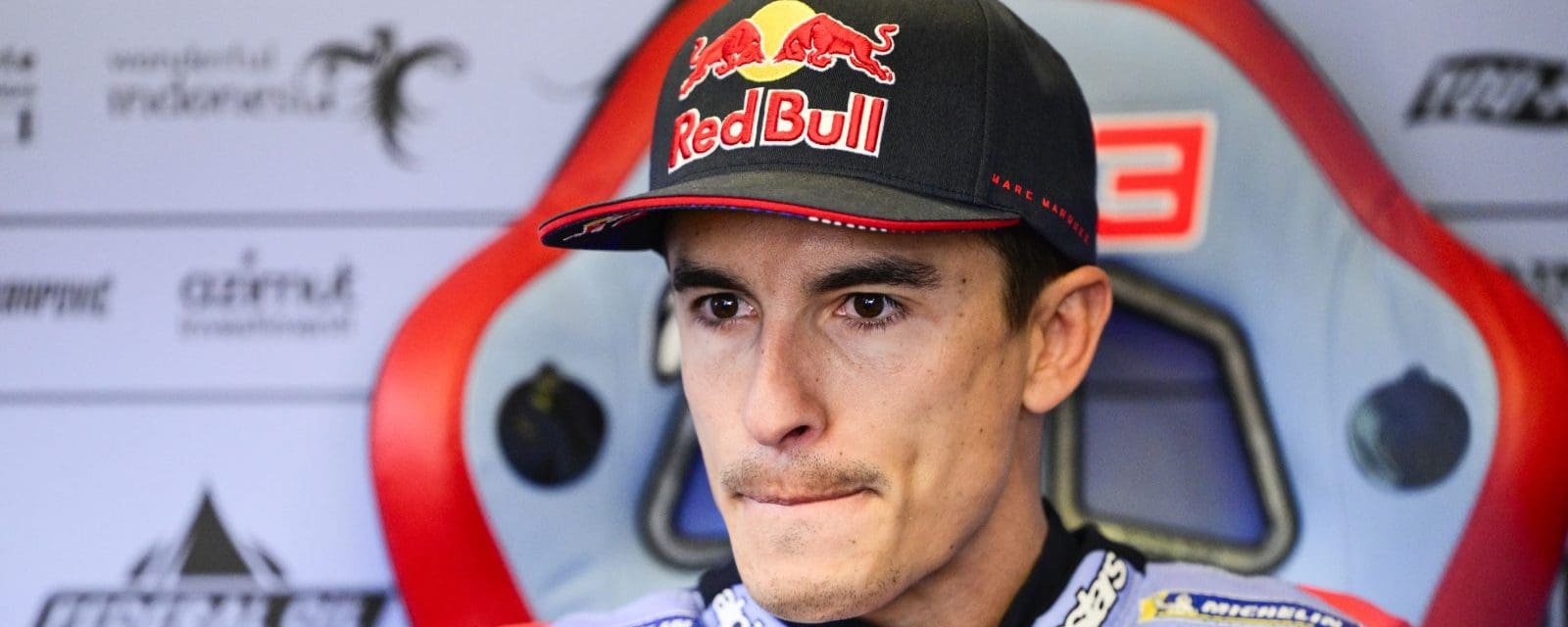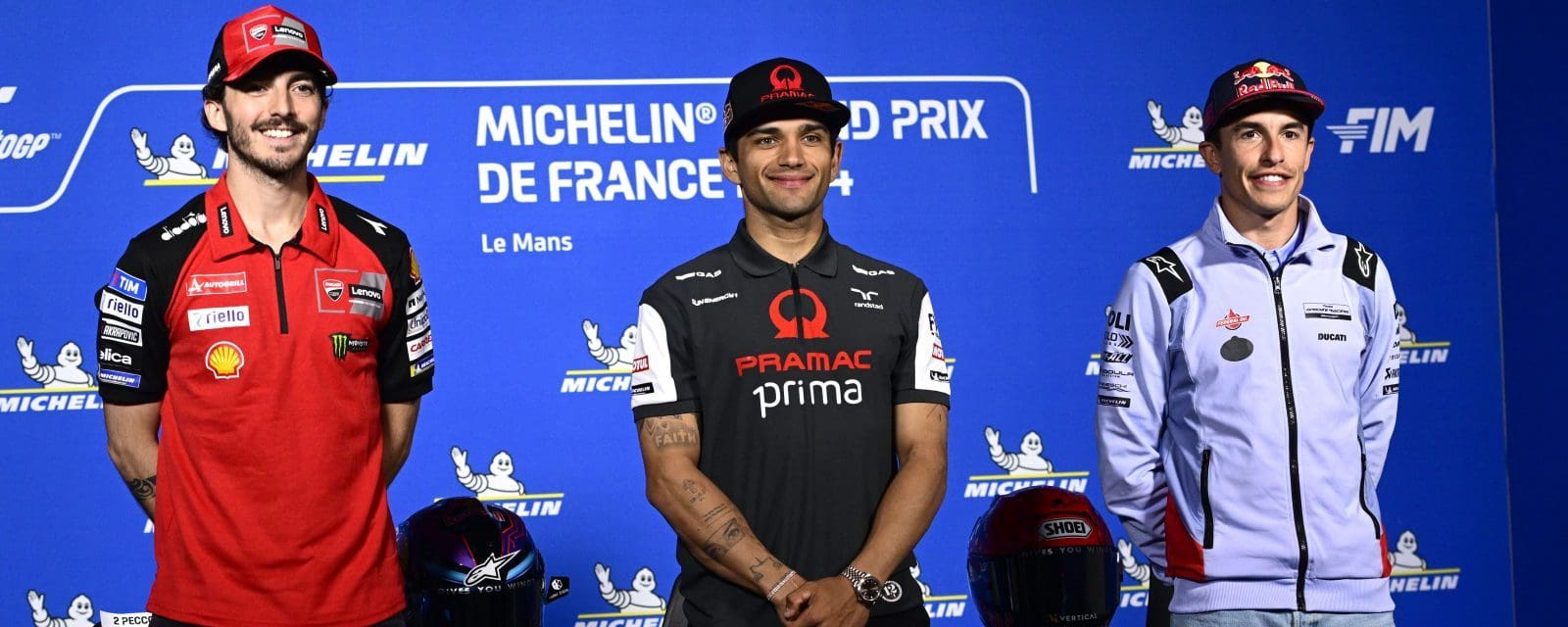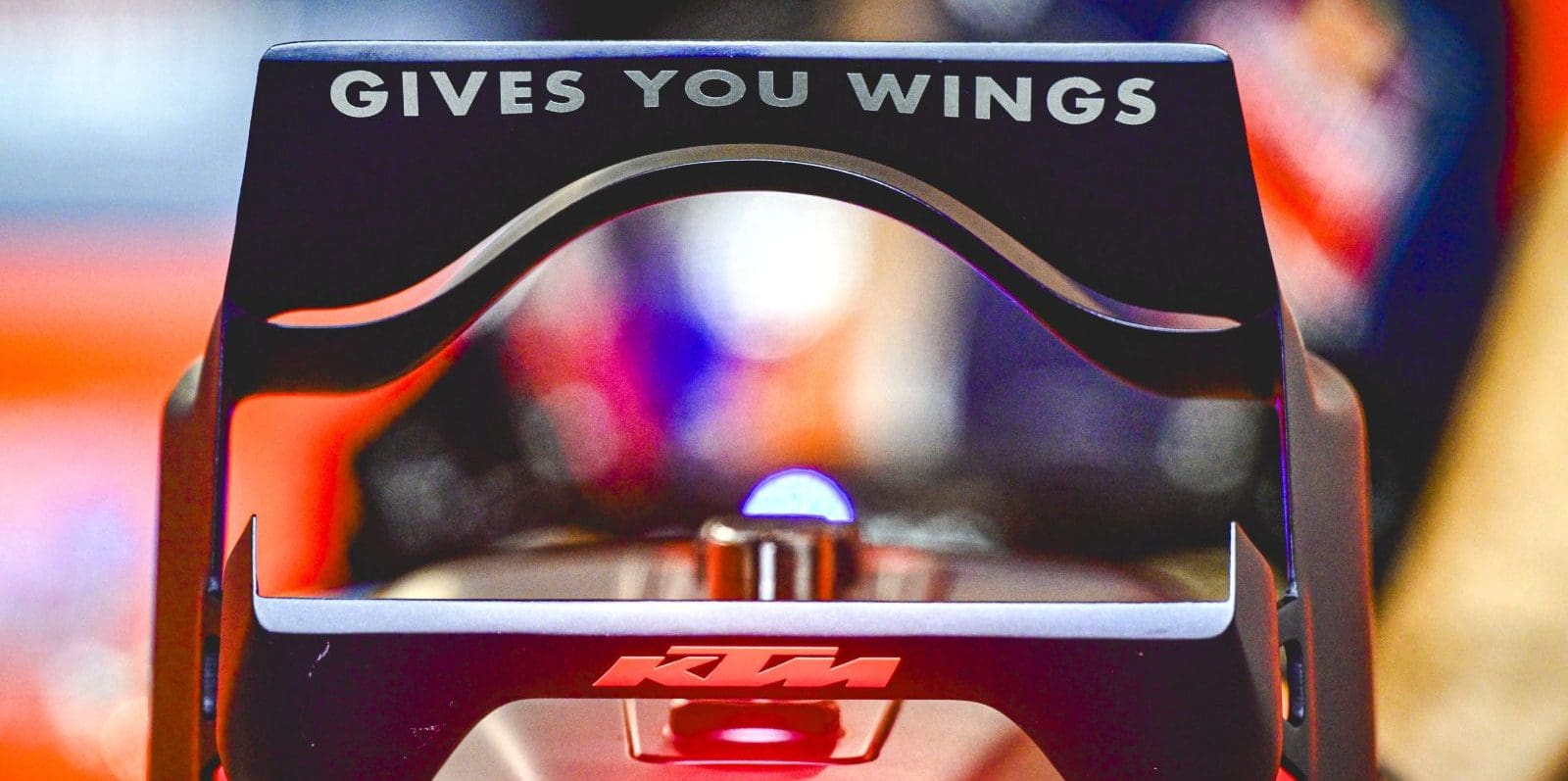Record speeds and a different leader on each of three days promised well at the first pre-season test of 2018, with Ducati and sophomore rider Jorge Lorenzo looking particularly strong, but Honda, Yamaha and Suzuki right up there with them.
Aprilia had a brand-new bike, making a promising start, narrowly faster than the KTMs; while the four ex-Moto2 rookies were significantly led by LCR Honda rider Taka Nakagami, and Jack Miller’s switch from Honda to Pramac Ducati saw the Australian right up among the fast guys.
If Lorenzo triumphed over one lap only, and full-distance speed will not be measured until the first race at Qatar, the opening shots in his campaign spoke of continuing progress after his steep learning curve at Ducati last year.
“The most important thing is the bike is giving me a good feeling, and I can take profit from my strong points,” he said, adding cautiously” “We are at the beginning of our understanding of the new bike.”
His time of 1’58.830 was a new best-ever for the Sepang circuit close to Kuala Lumpur’s international airport, shaving tenths off a 2015 test time set by Marc Marquez’s Honda in 2015. In terms of official records, set at race meetings, he was less than two-tenths ahead of Honda’s Dani Pedrosa’s 2015 time (all set on Bridgestones), and almost four tenths faster than the same rider’s Michelin-shod pole last year.
Pedrosa ended up second, at 1’59.009, having been fastest on day one, when morning rain meant a late start. On the second of three days, the factory Movistar Yamaha riders Maverick Vinales and Valentino Rossi were first and second; but ended up seventh and ninth overall, sandwiching Marquez.
It was LCR Honda rider Cal Crutchlow in a close third overall, from Andrea Dovizioso (Ducati), Miller (Pramac Ducati) and Alex Rins (Ecstar Suzuki).
The top 13 riders were within a second of Lorenzo’s time.
All teams had new bikes to test, with some of the innovations visible in the shape of new bodywork. With aero-body designs frozen, with one update per season per rider, the variations will be whittled down by the start of the season.
Engine-wise, for all but the concession teams (Aprilia and KTM), there are no mid-season updates, with design frozen on the eve of the opening round.
The biggest variation here came from Honda, with three different engines on test, including last-year’s and two new specs.
Ducati
The Bologna brigade had clearly continued the work that made Dovizioso such a threat last year, with improvements, according to teamsters, to corner entry and braking, and the hopes of a more well-rounded bike better suited to all circuits, rather than just most of them.
As well as chassis development for the GP18, the aim had been for a less aggressive engine, but with better top speed, which they felt had been achieved.
Lorenzo this time outdid his team-mate Dovi, who lost time with a minor crash on the second day. His fourth-fastest time was just over three tenths slower. And less than two tenths quicker than Miller, who was fast throughout, and reporting an instant rapport with his GP17. “The more I ride the bike the more I understand it,” he enthused.
His Pramac team-mate Danilo Petrucci was 11th-fastest on 1’59.528, riding a GP18.
Satellite riders Karel Abraham and class rookie Xavier Simeon were 21st and 22nd on the Aspar bikes in the renamed Angel Nieto team.
Ducati’s aero bodywork was much as last year; with Lorenzo and new boy Miller both much favouring it, and Dovizioso again shunning it.

Honda
Marquez and Pedrosa were kept busy with engine work with the three variations, seeking improvement in throttle response and initial power delivery, to improve off-corner acceleration – long a bugbear for the riders.
More revealing than both riders’ reports of “good progress” was that Marquez didn’t bother with any one-lap wonders, and that both put the new aero fairings into the back of the truck by the end of the tests to concentrate on engine testing and seeking chassis settings to suit them.
As Marquez explained, the new fairing affected the bike’s balance, adding a level of complication he was not yet ready to tackle.
The new bodywork comprises triangular side-scoops, significantly larger than last year’s modest examples, of which Pedrosa preferred an even smaller variation than Marquez.
Crutchlow, now contracted directly to HRC, was testing the same equipment as the factory riders, and spent time helping new team-mate Nakagami (2’00.071) pick up cornering lines and big-bike technique.
The two rookies in the Marc VDS team were on the same bikes as last year. Moto2 champion Franco Morbidelli was 20th fastest, at 2’00.526. Thomas Luthi, who missed the 2017 post-Valencia test injured, was 25th at 2’01.126.
Yamaha
Yamaha had plenty to do after an increasingly problematic 2017; and one-two in the times on day two suggested that they had achieved it. Both riders, Rossi and Vinales, praised the recovery of feeling with the 2018 bike, which is a “developed” 2016 bike, as ridden to stardom by Vinales.
The balance and corner entry problems of last year had been addressed, and the engine improved. But a note of doubt was sounded on day three, the hottest so far, with consequently lower grip.
Rossi was eighth, not a million miles away, but a bemused Vinales (who aced all the pre-season tests last year) was seven tenths off the pace and placed 18th. His seventh overall was on a day-two time, and the pair were the only significant riders not to improve.
Zarco finished up tenth, one place and just over a tenth down on Rossi, and looking in good shape overall. His erstwhile Tech 3 team-mate Yonny Hernandez, standing in for late season withdrawal Jonas Folger, was 20th.
Yamaha also had new aero bodywork, their sandwich-flanks fairing ditched in favour of a box aerofoil on each side, much more slender than Ducati’s.
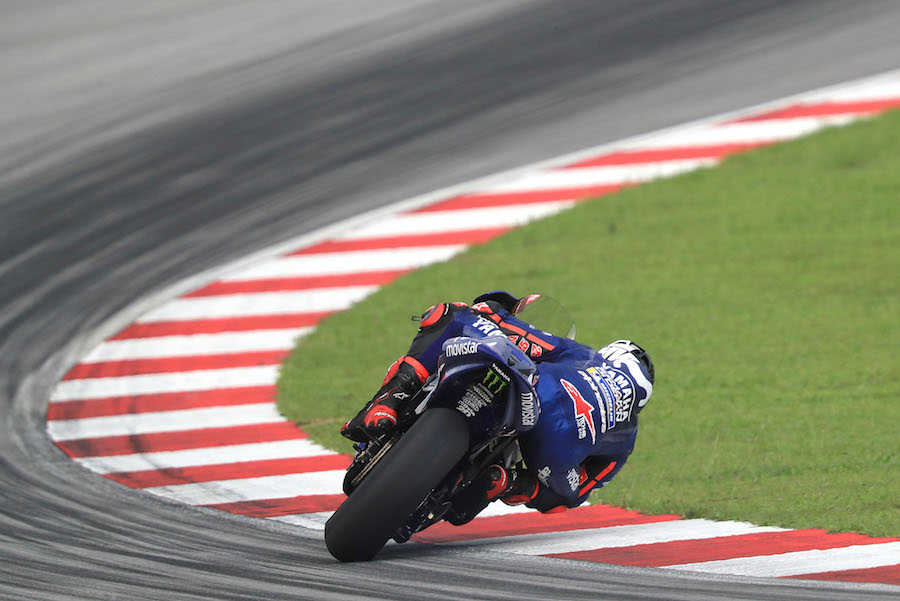
Suzuki
Suzuki lost concession-team status thanks to Vinales’s success in 2016, and in 2017 were stuck with a mis-step in engine development. This year’s GSX-RR is an all-new machine, with a new engine and revised Ducati-like aerodynamics to go with it.
The two riders had very mixed fortunes. Andrea Iannone lived up to his reputation for volatility with two crashes and two engine blow-ups, ending up an undistinguished 13th overall.
Team-mate Alex Rins, however, who missed much of his rookie season last year through injury, continued to impress with smooth progress in confident style, closing off with an impressive sixth overall lap time.
Aprilia
Another all-new bike, also with box-kite side appendages for aerodynamics, and one all-new rider.
Aleix Espargaro had a solid test, ending up 14th; team recruit Scott Redding found himself with much to learn, and in 23rd place.
Aprilia is a concession team, and able to continue development mid-season. Their claim of good progress was plausible, but more is needed.
KTM
After their strong rookie 2017, KTM have a lot to live up to, and promised a solid winter of development “in every area”.
The start of the Austrians’ second season was marred by a big crash for Pol Espargaro midway through the second day. The Spaniard was lucky to escape more serious injury after hitting a trackside wall at high speed, but although no bones were broken, his testing was over.
This left Bradley Smith and factory tester Mika Kallio to exercise the bike, distinguished by its own version of a box-kite fairing in place of last year’s wedge,
The three finished in close formation in the final time sheets, with Espargaro 17th, then Kallio and Smith, less than three tenths covering them, but Espargaro 1.4 off the leader.
by Michael Scott
